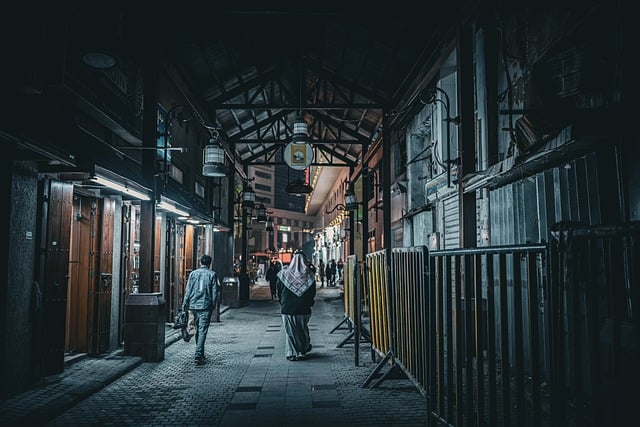
A Beginner's Guide to Adobe Photoshop Photo Editing: Tips, Tricks, and Techniques
In the digital age, photo editing has become an essential skill for anyone looking to create high-quality visual content. Adobe Photoshop is the industry standard when it comes to photo editing software, used by professional photographers, graphic designers, and digital artists worldwide. However, if you’re new to Photoshop, it can seem overwhelming at first. That’s why we’ve created this beginner’s guide to Adobe Photoshop photo editing, filled with tips, tricks, and techniques to help you get started.
- Introduction to Adobe Photoshop Photo Editing Photoshop is a powerful software tool used for image editing and graphic design. It has a wide range of features and tools that allow you to adjust, manipulate, and enhance images to create stunning visual content. Whether you’re looking to remove blemishes, adjust colors, or create complex digital art, Photoshop can help you achieve your goals.
- Getting Started with Adobe Photoshop Before you can start editing photos in Photoshop, you’ll need to familiarize yourself with the interface and tools. The Photoshop interface can seem daunting at first, but it’s designed to be intuitive and user-friendly. Once you get the hang of the basics, you’ll be able to navigate the software with ease.
- Basic Photo Editing Techniques The first step in photo editing is to adjust the basic settings, such as brightness, contrast, and saturation. These adjustments can make a big difference in the overall look and feel of your photo. You can also crop and resize your images to remove unwanted elements and improve composition.
- Advanced Photo Editing Techniques Once you’ve mastered the basics, you can move on to more advanced photo editing techniques. These might include using layers, masks, and filters to create complex compositions or adding special effects to your images. You can also use Photoshop to retouch photos, removing blemishes, wrinkles, and other imperfections.
- Working with Text and Graphics Photoshop is not just for photo editing; it’s also a powerful tool for creating graphic designs and adding text to your images. You can use Photoshop to create logos, banners, and other marketing materials, as well as add captions and titles to your photos.
- Saving and Exporting Your Photos Once you’ve finished editing your photos, it’s important to save them in the appropriate format for your needs. Photoshop allows you to save your images in a variety of formats, including JPEG, PNG, and TIFF. You can also export your images for use on social media, websites, or other digital platforms.
- Tips and Tricks for Adobe Photoshop Photo Editing Finally, we’ll leave you with some tips and tricks to help you get the most out of your Photoshop photo editing experience. These might include using keyboard shortcuts to speed up your workflow, experimenting with different blending modes to create unique effects, or using third-party plugins to extend the capabilities of Photoshop.








